Software Defined Networking & PRTG
How PRTG can be Used to Support SDN
What is SDN?
Simplyfied, SDN can be called network virtualization. SDN means Software Defined Networking and indicates decoupling of the so-called control plane, or control level, from the data plane – the level on which data is moved around and on which hardware (switches, routers, etc.) is located, in addition to raw data.
The control plane communicates with the data plane via OpenFlow protocol, which is managed by the Open Networking Foundation. The application plane is a level above the control plane where applications run.
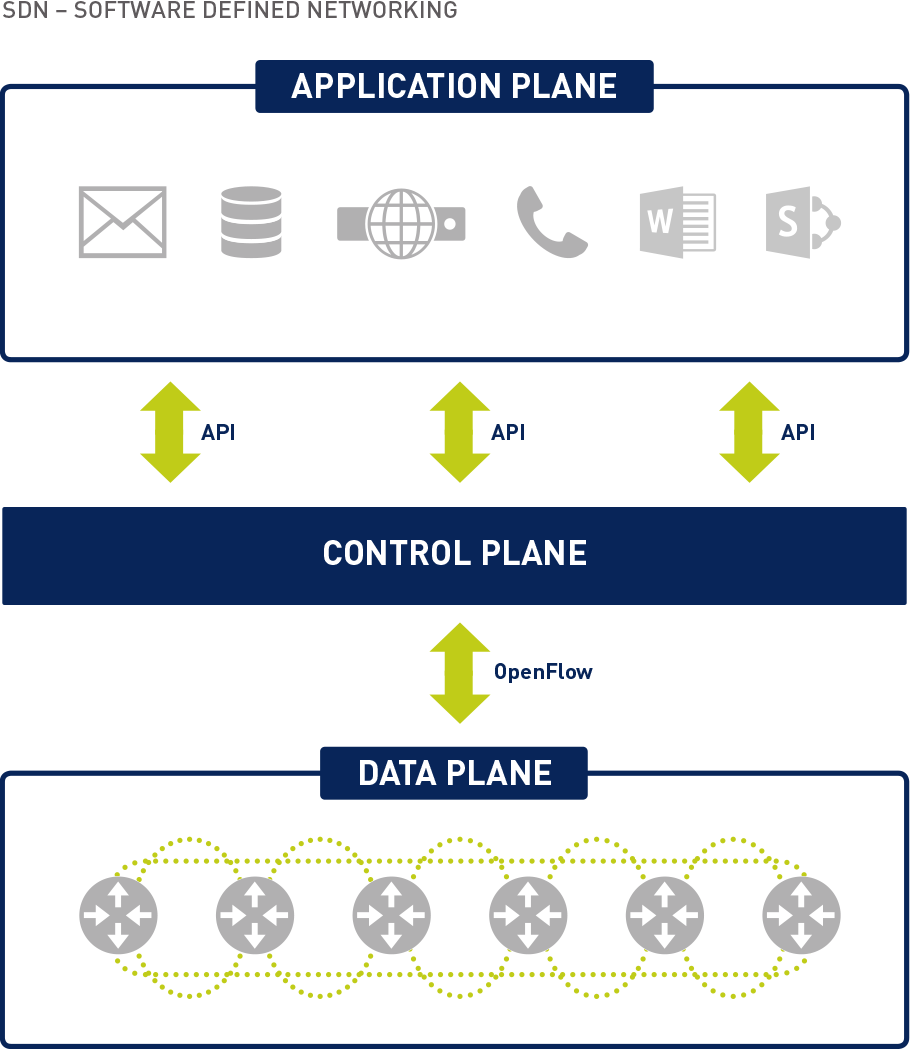
Setup of SDN - Software Defined Networking
Advantages and Reasons Using SDN
- Today, networks are more complex than ever. Configuring network devices requires a lot of effort – and usually has to be done manually by an dedicated admin. SDN claims to reduce this effort dramatically.
- Virtualization, Big Data, Internet of Things, Cloud Computing, BYOD: almost all current big IT topics increase data traffic significantly and pose new challenges and requirements regarding planning and coordinating data streams in a network. SDN boasts of having the solution to this as well.
- Another aspect that is attributed to SDN is the birds-eye perspective on a network. The idea behind it is a central "intelligence" that is capable of seeing the big picture and is thus able to control and optimize data streams better and efficiently.
- Thanks to the separation of the control function and the data level, single devices can be better optimized for their individual issues. Yo'll need few high performance servers for control - and slim, "dumb" switches on the data level. This is supposed to ensure significant savings on energy and hardware costs.
Challenges for SDN in the Market
Three main factors stand in the way of SDN expanding more quickly:
- Lacking Market Consolidation
Currently, many manufacturers with sometimes contradicting concepts are trying to establish their position in the SDN market. Cisco is a big player in network hardware and is pushing its own standard "Open Network Environment" (ONE) with a tight coupling of the control plane and the underlying (Cisco) hardware. By contrast, virtualization specialist VMware argues that SDN is already part of a comprehensive (VMware) virtualization package. Most companies are wisely waiting to see which concept and which manufacturers will prevail and can offer long term perspective before taking the jump and making such a serious change to their IT. - Outdated Hardware
Hardware on the data plane can be 'dumber' (and cheaper) than current network hardware, but it has to support OpenFlow (or the manufacturer's equivalent) – which usually isn't the case for current hardware. Most companies would have to replace their entire network hardware before implementing SDN, which is an enormous cost factor. - Implementation Costs and Effort
Implementing SDN often means completely restructuring the existing IT infrastructure. Personnel have to be trained, hardware must be updated and a project of this amplitude will cause massive interference with regular business processes. What large corporations can afford with their own teams and external consultants is hardly feasible for smaller companies.
Software Defined Networking today
According to a Gartner survey from December 2014, SDN was implemented on a significant level in 7% of the companies. Taking Gartner's focus on large corporations into consideration, as well as the fact that SDN is currently only plausibly affordable and advantageous for large companies, implementation in small and medium sized companies is probably much lower.
According to Gartner, 10,000 companies will have implemented SDN by the end of 2016. This number seems high at first glance, but is quickly put into perspective when one realizes that in Germany alone, there are more than 3.5 million companies, 330,000 of which have more than 10 employees.
Monitoring and SDN
As a manufacturer of a monitoring solution that offers unified monitoring for small and midsized companies, Paessler is often asked about supporting SDN-controlled networks.
Even software-controlled networks need functioning hardware.
The control plane can maybe compensate for failure of single devices so that no direct damage occurs, but the overall network performance is still influenced by failures and disturbances. Proactive and complete monitoring of the data plane is absolutely essential even for SDN controlled networks.
On the other hand, applications have to be docked to the control plane via interfaces in order to send and receive data. The interfaces and the applications have to be operating and available at all times and should be included in comprehensive network monitoring.
Current monitoring solutions, however, generally aren’t yet able to monitor the control plane.
Consistent standards and interfaces need to be established before manufacturers of monitoring tools can take action. Assuming that each SDN provider also provides standards with which the solutions can calculate and make available the corresponding control plane performance data, conventional monitoring software providers can jump in, pick up this data and integrate it in a central, comprehensive overview of the entire IT. Established manufacturers of virtualization software like VMware, Citrix and Microsoft are good examples of this.
Most monitoring solutions are now proficient in handling their standards comprehensively and integrating the virtual environment in overall monitoring.
However, several years of hypes and drawbacks passed before virtualization was able to establish itself on the market. As virtualization really started to spread, well-known monitoring solutions were prepared.
SDN will be similar: It will take years for administrators of midsized companies to think seriously about implementing SDN and how to maintain control of the control plane. If they have established, comprehensive monitoring solutions implemented in their networks, they can assume that they will be prepared for SDN by then, too.
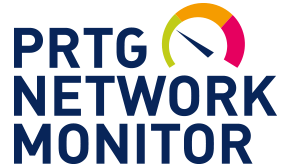
Create innovative solutions with Paessler’s partners
Partnering with innovative vendors, Paessler unleashes synergies to create
new and additional benefits for joined customers.
UVnetworks
UVexplorer integrates tightly with PRTG to bring fast and accurate network discovery, detailed device inventory, and automatic network mapping to the PRTG platform.
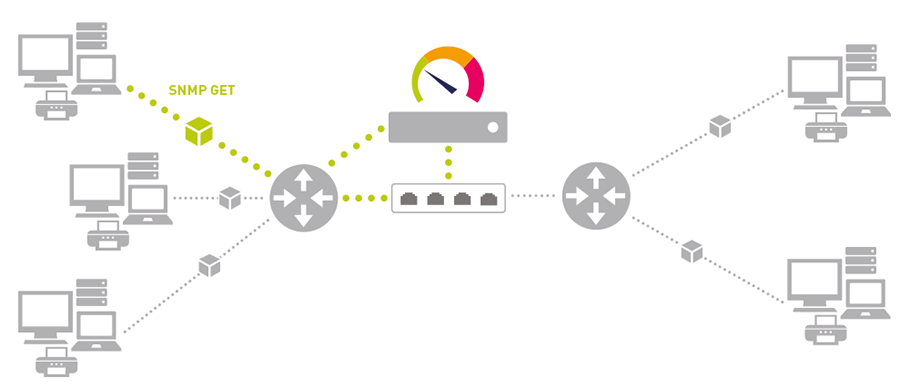
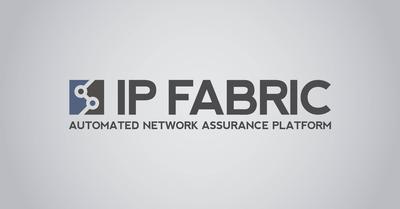

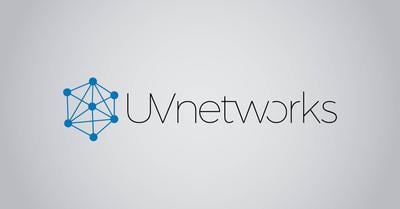
Combining the broad monitoring feature set of PRTG with IP Fabric’s automated network assurance creates a new level of network visibility and reliability.